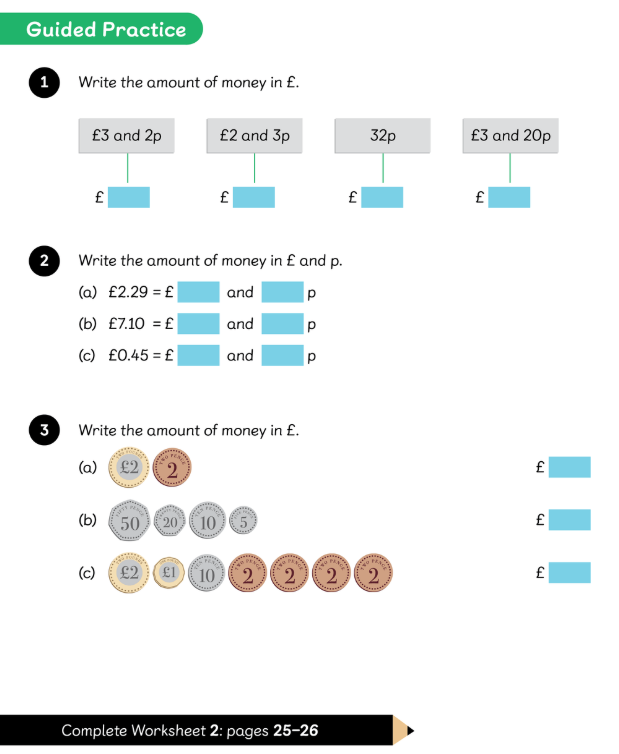{SECTION_MENU}
Friday
21.03.25
LC: Writing amounts of money.



Friday 21st March 2025
LC: Why does too much building affect living things?
Last week, we concentrated on littering and how that affects wildlife.
Today, we are going to look at urbanisation. What does this mean?
How do you think urbanisation affects wildlife? Discuss.
The world is becoming more and more urban. It has been predicted that by the year 2050, 70% of the human population on Earth will live in cities. People live in towns and cites for many reasons including work, schools, hospitals, to be nearer families and to be able to travel more quickly.
As cities grow and more building takes place, it has an affect on the wildlife that was there before.
The loss of environments
Building homes, schools, work places and roads destroys the environment that was there before. This means that the wildlife needs to adapt or move but where would they go?
Pollution
Cities can be large sources of air pollution, water pollution, land pollution, and soil pollution.
Waste
Cities are a large source of waste. This waste if not managed end up polluting the landscape and waterways. Industrial and toxic waste that is produced in cities can lead to large amounts of pollution of the urban landscape, causing many environmental issues. For example, disturbing pics of animals and birds feeding on plastics and other waste materials have become a common sight these days.
Urban runoff
Much of the rainwater that does fall on the urban landscape quickly runs off into rivers and streams, bringing all of the pollutants and chemicals that were present on these surfaces with them into waterways in turn affecting the life in water bodies.
Light Pollution
There are studies that indicate that all of the human-produced light at night is disrupting the natural sense of a night and daylight cycle for some animals. Nocturnal species that greatly depend on it being naturally dark at night time suffer as it doesn't ever get fully dark in cities.
Noise Pollution
With increased global urbanisation, there is also an increased level of noise, both in volume and in consistency that other organisms are constantly exposed to. Because wildlife is highly dependent on sound, they can become disoriented and their behaviour and communication abilities can be hampered due to the excessive noise levels that they are exposed to in and around urban areas.
Isolation of wildlife and plant populations
As urban development continues across the landscape, wildlife habitat is becoming broken apart and wildlife and plant populations are becoming increasingly isolated from one another. It also reduces the suitable habitat that is needed for their survival.
An increase in human-wildlife conflicts
As human development fragments habitat and leaves wildlife with no place to go, there has been an increase in human-wildlife conflict. Wildlife is hit by vehicles, birds and insects hit windows on cars and buildings and are killed, and sometimes wildlife comes into human communities looking for food and other resources that they need to survive, like foxes. Sometimes, wildlife may be killed if they become aggression or prey on pets or livestock. Sadly, only a few select hardy species can adapt and survive in an urban area and being so close to humans. The pets that humans have can have an effect also. For example, cats like to prey on local wildlife.
Using the information that we have talked about, try really hard to answer the following questions.
Look back and think what things might affect hedgehogs and bees.
1. Why might hedgehogs become endangered? What can we do?
Why are hedgehogs disappearing? - Hedgehog Street
2. Why might bees become endangered? What can we do?





